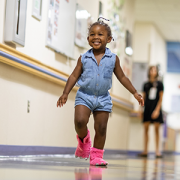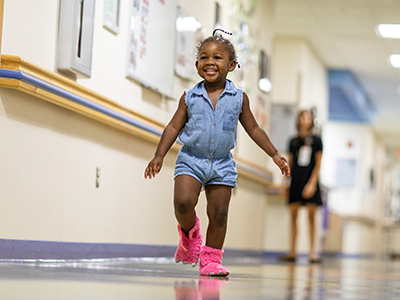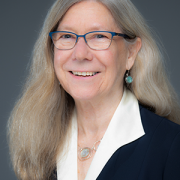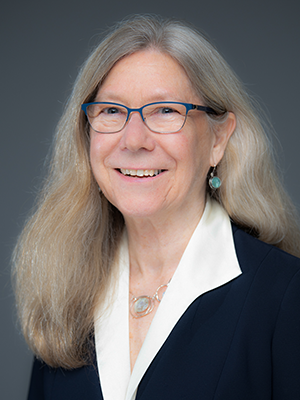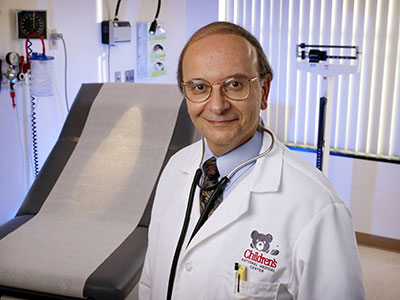End-of-life-care goals for adults living with HIV

Palliative care is specialized medical care for people living with a serious illness with the goal of improving quality of life. HIV is one illness where studies have shown that palliative care for persons living with HIV (PLWH) can improve pain and symptom control as well as psychological well-being.
There are about 1.2 million people living with human immunodeficiency virus (HIV) in the U.S., according to the CDC. In 2018, more than 37,000 people were newly diagnosed.
Integrating culturally sensitive palliative care services as a component of the HIV care continuum may improve health equity and person-centered care.
In a recent article published in the American Journal of Hospice and Palliative Medicine, Maureen Lyon, Ph.D., clinical health psychologist at Children’s National Hospital, and her colleagues examined factors influencing end-of-life care preferences among PLWH. Researchers conducted a survey of 223 adults living with HIV from five hospital-based clinics in Washington, DC. Participants completed an end-of-life care survey at as part of the FACE™-HIV Advance Care Planning clinical trial. Two distinct groups of patients were identified with respect to end-of-life care preferences: (1) a Relational class (75%) who prioritized family and friends, comfort from church services and comfort from persons at the end-of-life; and (2) a Transactional/Self-Determination class (25%) who prioritized honest answers from their doctors and advance care plans over relationships. African Americans had three times the odds of being in the Relational class versus the Transactional/Self-determination class, Odds ratio=3.30 (95% CI, 1.09, 10.03), p=0.035.
Those who prioritized relationships if dying were significantly more likely to be females and African Americans; while those who prioritized self-determination over relationships were significantly more likely to be males and non-African Americans. The four transgendered participants prioritized relationships.
Survey results show that most PLWH receiving care in Washington, D.C., preferred to die at home, regardless of race. Yet in the United States, most persons who die of HIV related causes die in the hospital. Sexual minorities feared dying alone, consistent with the stigma and discrimination which places many at risk of social isolation. Non-heterosexuals were less likely to find the church as a source of comfort, which may reflect feelings of discrimination, due to homophobic messages. However, if the church community is affirming of sexual minority status, religion could serve as a protective factor. Study findings may generate interventions to decrease social isolation and increase palliative care services for non-heterosexual PLWH.
These results fill a gap in our understanding of the self-reported goals and values of adults living with HIV with respect to end-of-life care. Findings contribute specificity to previous research about the importance of family, relationships and religiousness/spirituality with respect to end-of-life issues for ethnic and racial minorities.
Researchers from Children’s National involved in this study include Maureen Lyon, Ph.D., Jichuan Wang, Ph.D. and Lawrence D’Angelo, M.D., M.P.H.
The full study can be found in the American Journal of Hospice & Palliative Medicine.




